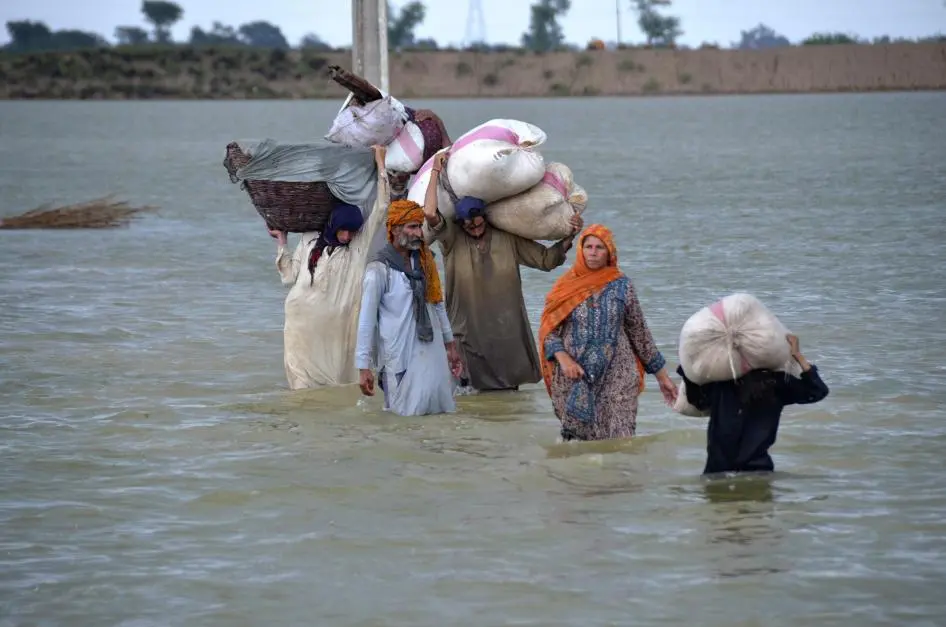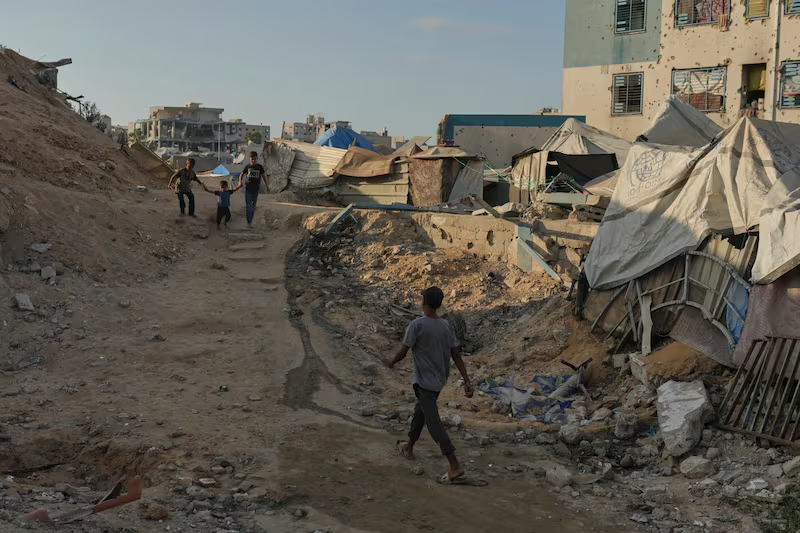Bilawal Kamran
The new FAO report titled Impact of Disasters on Agriculture and Food Security presents a disturbing global picture of climate driven destruction which has inflicted more than three point two trillion dollars in agricultural losses over the last three decades and this enormous figure equal to four percent of global agricultural GDP reflects a deep crisis where entire farming communities are losing livelihoods food systems are losing stability and the rural world is becoming increasingly fragile under the weight of repeated disasters that arrive faster than our ability to respond and the report reminds us that every statistic hides a shattered household a failed crop a hungry child and a region pushed further into vulnerability and it is now clear that the frequency intensity and unpredictability of floods storms heatwaves and droughts have overwhelmed traditional coping systems forcing countries to rethink their long term strategies for food security and agricultural resilience.
At the same time the report notes a parallel revolution in digital agriculture where artificial intelligence remote sensing drones sensors and automated insurance mechanisms are transforming how the world understands and responds to climate shocks and these technologies have created early warning systems that are more precise than anything previously available they have made digital crop monitoring possible at scale and they have enabled millions of farmers to access parametric insurance and mobile advisories that anticipate risks rather than merely reacting to destruction after it happens and yet the report warns that a dangerous digital divide is emerging because only a handful of countries are able to integrate these technologies into their agricultural systems while many others especially in developing regions still struggle to achieve even basic resilience against climate volatility and this divide is most visible in Asia which alone accounts for forty seven percent of all global agricultural losses reflecting the region’s high population density exposure to floods and storms and limited investment in agricultural technology and climate adaptation.
For Pakistan the findings of the FAO study are not distant international trends but lived daily realities because the country has become one of the world’s most vulnerable hotspots of climate induced agricultural destruction and the floods of recent years have not only displaced millions but have also permanently altered the farming landscape by eroding fertile soil damaging irrigation channels and raising salinity levels in vast agricultural belts and as these shocks accumulate the productive capacity of the sector has weakened severely even though agriculture employs more than one third of the workforce feeds the entire population and supports major export industries such as textiles livestock and horticulture and the long term degradation of soil the decay of water distribution networks and the destruction of standing crops illustrate the profound structural harm that climate disasters are inflicting across rural Pakistan which now faces rising uncertainty about its food security and rural economic health.
The pressure on Pakistan’s food system has further intensified due to its weak storage processing and transport infrastructure which continue to collapse under repeated climate shocks and the result is that food inflation has become a structural feature of the economy with the poor facing the harshest impact because erratic weather destroys supply chains and triggers shortages that ripple through markets households and financial systems and when crops fail and livestock die the damage is not limited to immediate agricultural output but extends to market volatility public health stress rural unemployment and social instability and although digital tools such as crop satellite imagery pest detection algorithms and automated insurance promises exist Pakistan has not been able to scale them effectively and advisory services still do not reach most farmers while insurance penetration remains negligible and data systems operated by various departments remain fragmented and disconnected from district level decision making weakening the country’s ability to plan react and recover.
The country urgently requires a national framework that places digital agriculture at the centre of food security and climate resilience and this framework must include detailed crop mapping through remote sensing real time pest surveillance through artificial intelligence integrated mobile advisory centres that guide farmers before disasters strike and disaster indexed insurance systems that provide rapid compensation during climate emergencies and these technologies already exist globally and are accessible to Pakistan but the missing elements are political commitment institutional coordination and sustained financial investment because no digital system can function without clear governance clear data responsibility and long term planning beyond annual budget cycles and without these reforms Pakistan will continue to operate in a reactive mode where each flood heatwave or storm forces emergency spending without reducing future risk and the window to build technological resilience is closing faster than policymakers appear to recognise because climate change is accelerating far more rapidly than institutional adaptation.
Pakistan must therefore adopt a strategic shift from disaster response to disaster anticipation and this shift requires integrating federal and provincial agriculture departments linking climate data with farming decisions expanding rural internet access modernising extension services and training farmers to use mobile based tools that simplify complex information into practical guidance and with the right policies digital agriculture can transform Pakistan’s vulnerability into resilience by providing farmers with timely information precision forecasts and financial safety nets and the challenge is not technological because the tools exist but governance related because success depends on leadership capable of designing national level coordination and long term agricultural planning that prioritises food security as a central pillar of economic survival and without this leadership Pakistan will face growing hunger deepening rural poverty and widening economic instability because climate disasters do not wait for institutional reform and the cost of inaction will be far greater than the cost of building a modern agricultural system.
The FAO report is a warning but also a roadmap because it shows that countries which invest in digital agriculture early warning systems and climate resilience are better able to reduce losses strengthen food systems and protect their rural populations and Pakistan must decide whether it intends to remain trapped in a cycle of destruction and emergency relief or move toward a future where technology data and planning create stability safety and prosperity and the choice is urgent because every year of delay means deeper vulnerability more lost crops more displaced families and a shrinking national capacity to feed itself and now is the moment to transform this crisis into a turning point because the country’s future food security depends on decisions made today not tomorrow.














